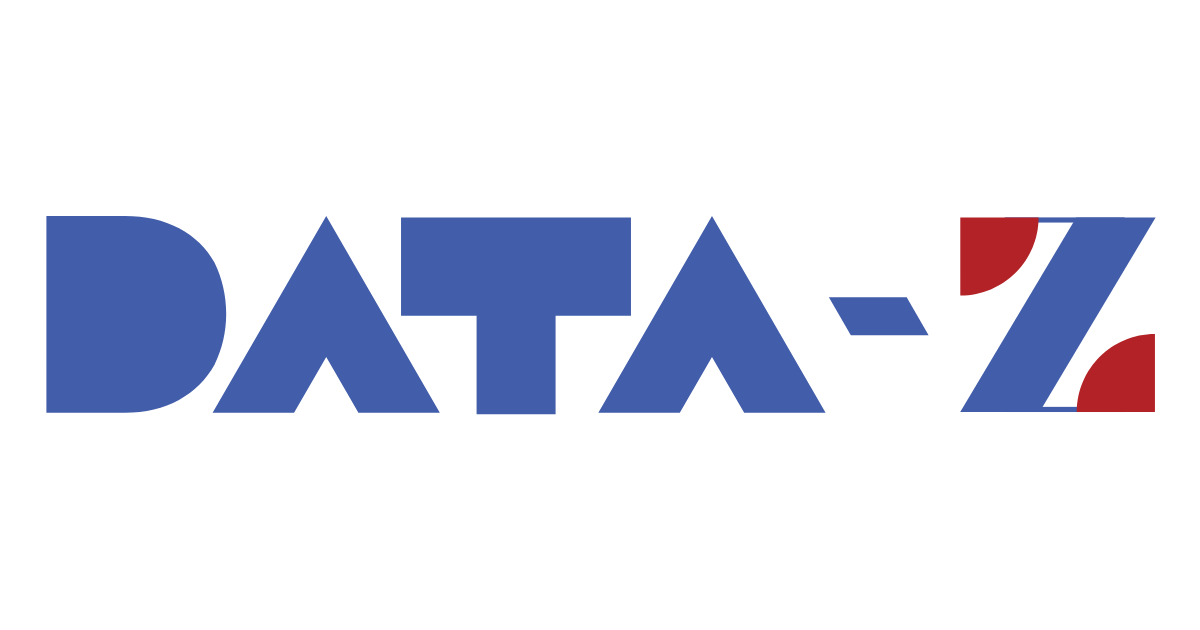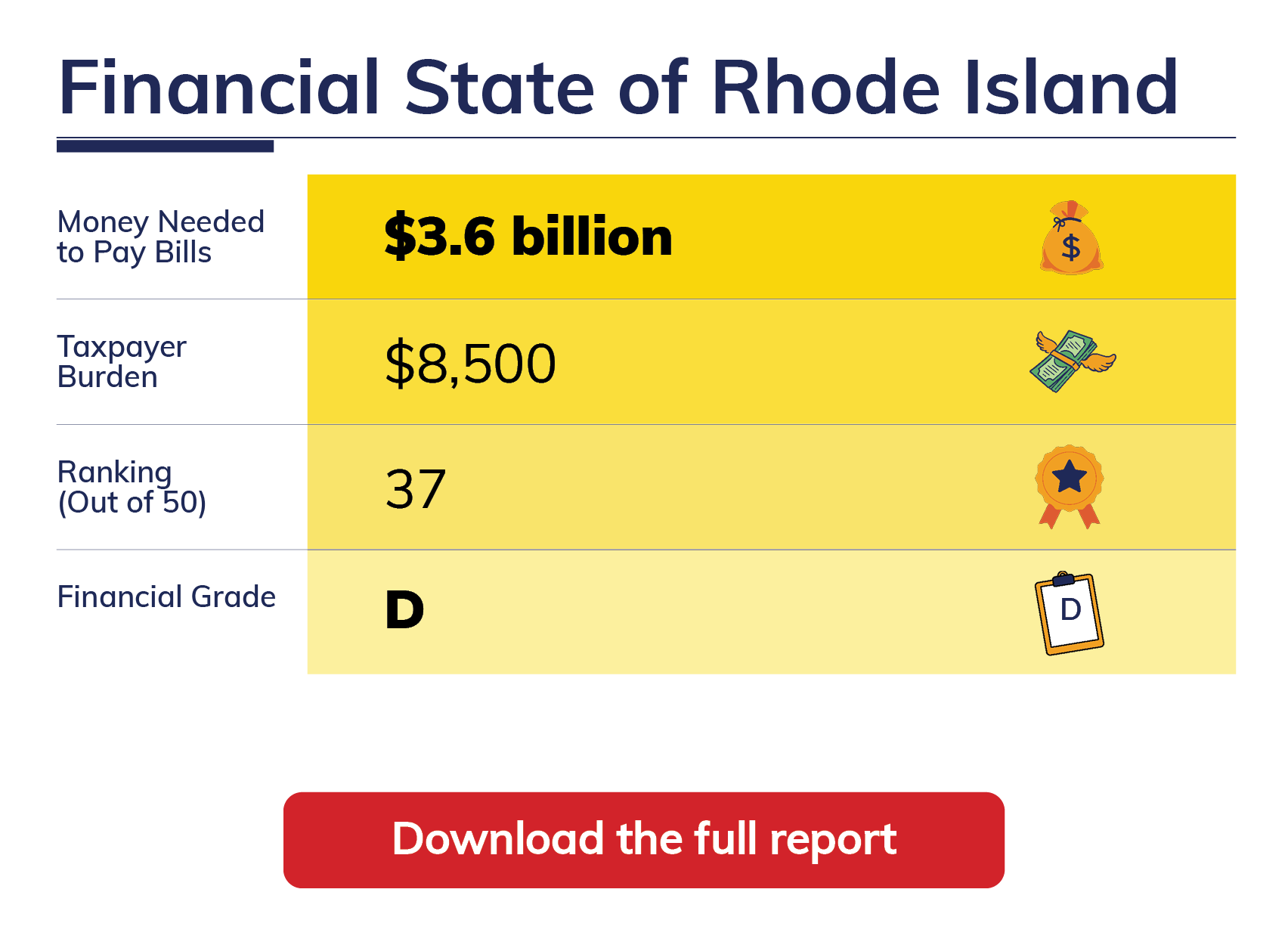Rhode Island
| Rhode Island owes more than it owns. |
| Rhode Island has a -$8,500 Taxpayer Burden.™ |
| Rhode Island is a Sinkhole State without enough assets to cover its debt. |
| Elected officials have created a Taxpayer Burden™, which is each taxpayer's share of state bills after its available assets have been tapped. |
| TIA's Taxpayer Burden™ measurement incorporates both assets and liabilities, not just pension debt. |
| Rhode Island only has $9 billion of assets available to pay bills totaling $12.6 billion. |
| Because Rhode Island doesn't have enough money to pay its bills, it has a -$3.6 billion financial hole. To fill it, each Rhode Island taxpayer would have to send -$8,500 to the state. |
| Rhode Island's reported net position is overstated by $274.5 million, largely because the state delays recognizing losses incurred when the net pension liability increases. |
| The state's financial report was released 264 days after its fiscal year end, which is considered untimely according to the 180 day standard. |
Prior Years' TIA Reports
2023 Financial State of Rhode Island
2022 Financial State of Rhode Island
2021 Financial State of Rhode Island
2020 Financial State of Rhode Island
2019 Financial State of Rhode Island
2018 Financial State of Rhode Island
2017 Financial State of Rhode Island
2016 Financial State of Rhode Island
2015 Financial State of Rhode Island
2014 Financial State of Rhode Island
2013 Financial State of Rhode Island
2012 Financial State of Rhode Island
2011 Financial State of Rhode Island
City and Municipal Reports
2016 Financial State of Providence
Other Resources
Rhode Island Annual Comprehensive Financial Reports
Publishing Entity: Office of Accounts and Control


